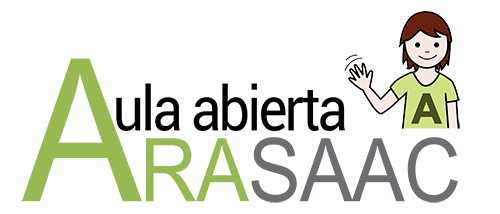 This work is licensed under a Creative Commons Attribution-NonCoercial-ShareAlike 4.0 International license.
This work is licensed under a Creative Commons Attribution-NonCoercial-ShareAlike 4.0 International license.
Authors: Almudena Vergara Cardona (Master of Hearing and Language) and ARASAAC
“Reality is a confusing mass of interacting events, people, places, sounds, and visions. Setting particular routines, schedules, routes and rituals is something that helps me put order“. Therese Jolife, 1992.
Routines give security,help to understand what surrounds us and prevent the anguish of not knowing what is going to happen.
With some children, it is very positive to make these routines explicit through visual agendas with the sequence of activities they must perform.
What is a visual agenda?
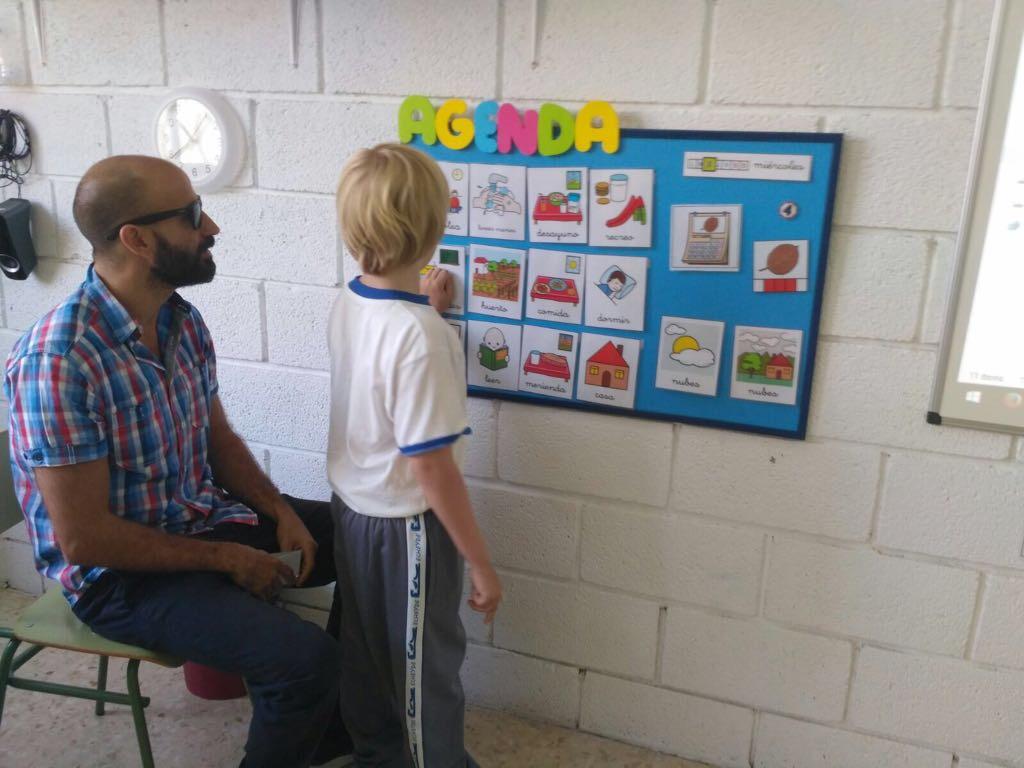
- identify the activities we are going to carry out,
- know the answer we expect from them,
- anticipate what will happen next and
- acquire an overview of the passage of time.

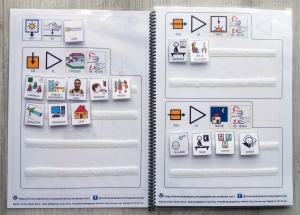
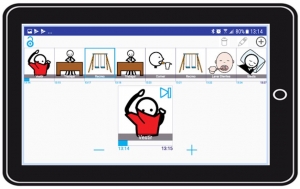
What vocabulary do we select for the visual agenda?
Before elaborating a visual agenda with pictograms we must select the vocabulary that we are going to use, according to the characteristics and needs of the person.
We have to take into account that, if the activities belong to the school context,we may be interested in representing the professionals involved, the different curricular areas (language, mathematics…), the different spaces (music classroom, recreation, psychomotor room…), or the specific activities that we are going to carry out (cooperative work, assembly, game workshop …).

If the activities belong to thefamily context,we may be interested in representing family, friends, places (supermarket, cinema, shopping center, park, …) and activities (visiting a person, doing homework, snacking, watching TV, showering, dining, bedtime, …).
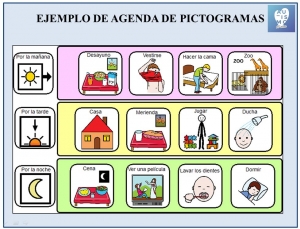
Depending on the type of agenda that we are going to carry out and the capacity of abstraction of the person, we must enter the periods of time corresponding to a day(morning, afternoon, night, hours),the days of the week,the month and the season of the year.

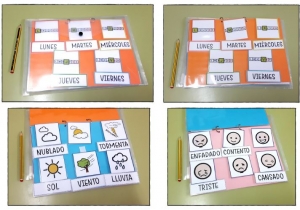
How do we develop a visual agenda?
Once this vocabulary is defined, we candownload the pictogramsdirectly from ARASAAC,using the Pictogram Finder, and prepare the agenda using our word processor or our usual slideshow software…
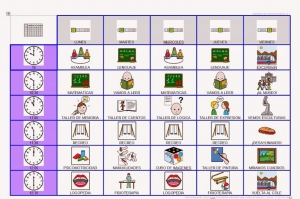
We can use all the possibilities offered by the Picto Selectorapplication…

— or create agendas for our mobile device using Pictogramagenda.
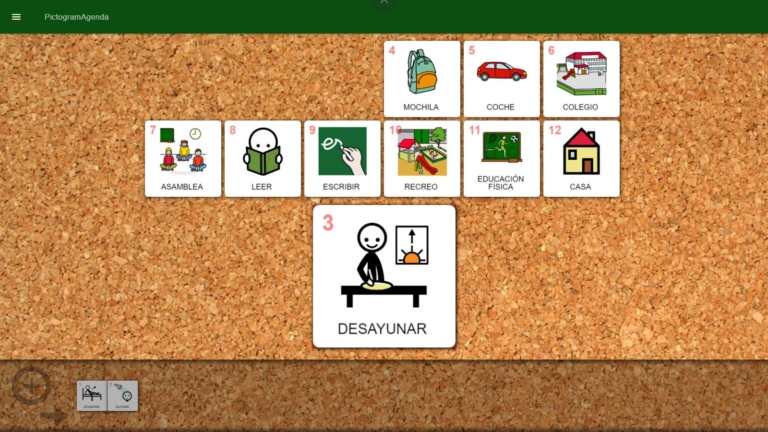
As we have mentioned, the objective of thevisual agenda is to show the sequence of activities to be carried out in a given period. Therefore, we must foresee how we are going to mark the passage of time.
We can indicate it with an arrow or a green box that indicates the activity we are doing and a blade or a red line that crosses out the activities already carried out.
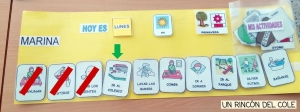
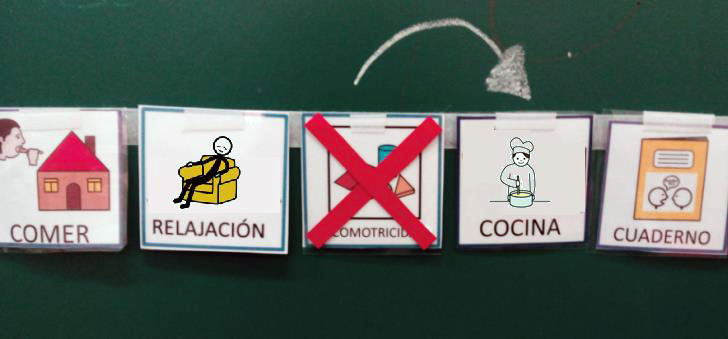
To finish this simple tutorial, we remind you that the involvement of the person who is going to use the agenda throughout the processis fundamental, since we will get the activity to take on a greater meaning for her.
Click on the link to access different examples of visual agendas with pictograms






